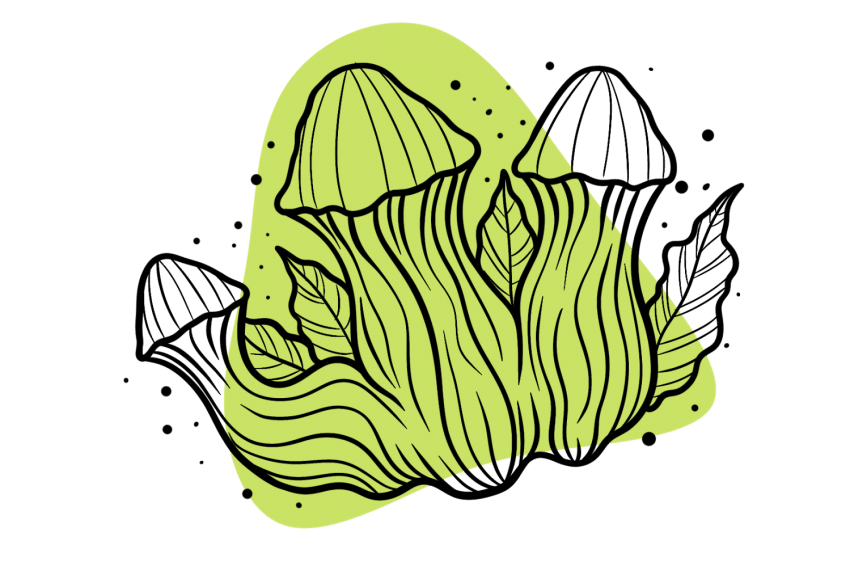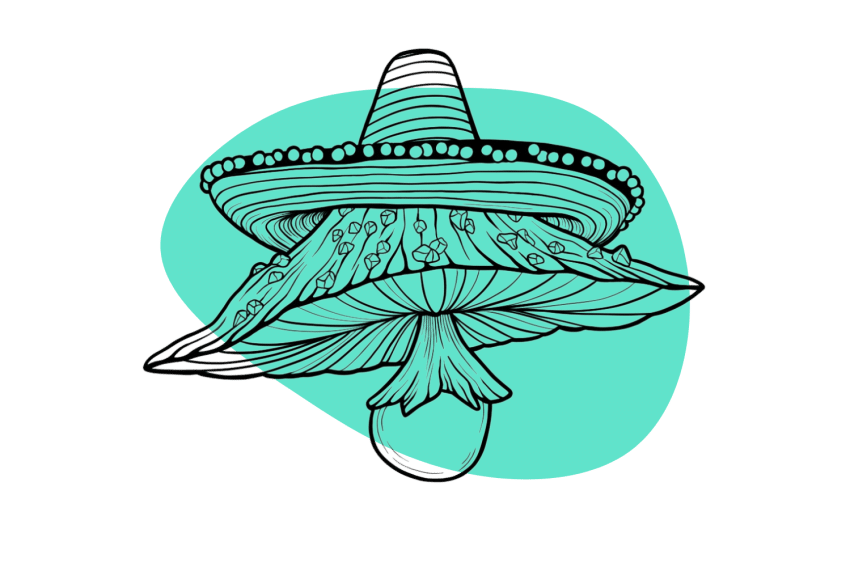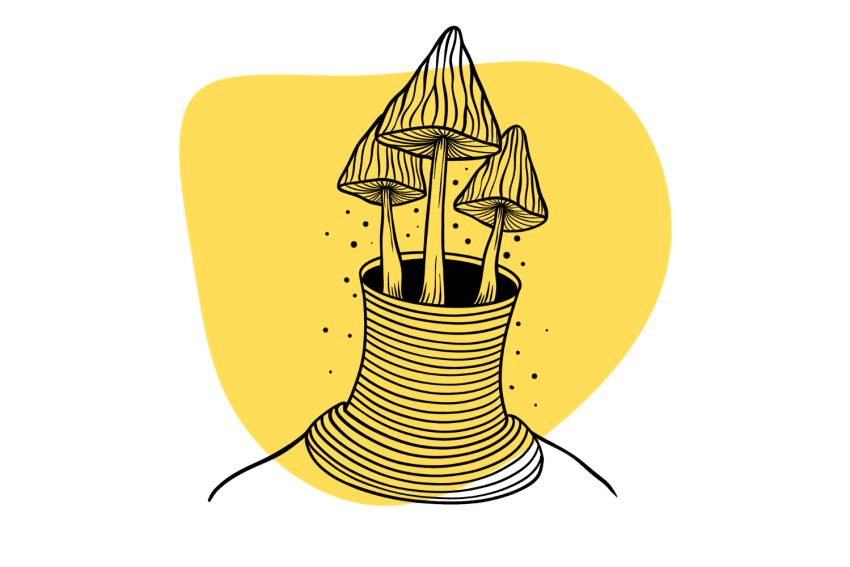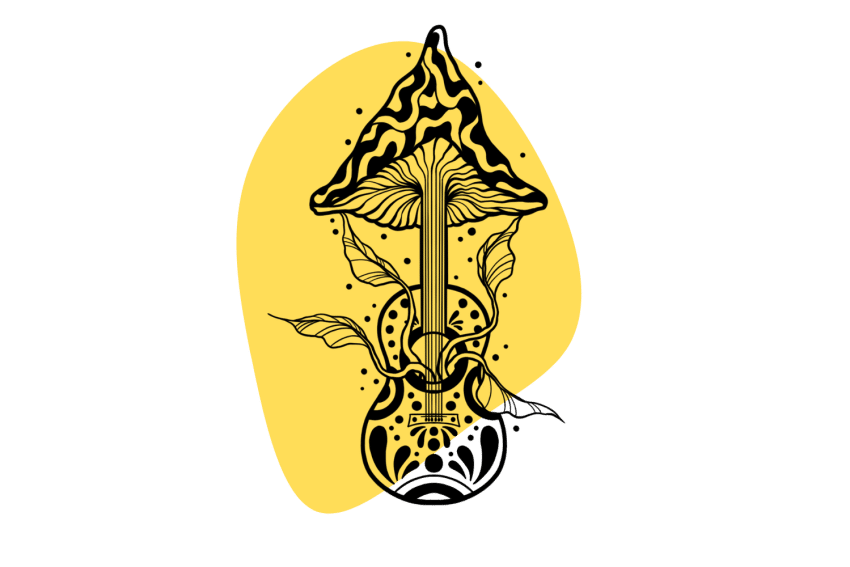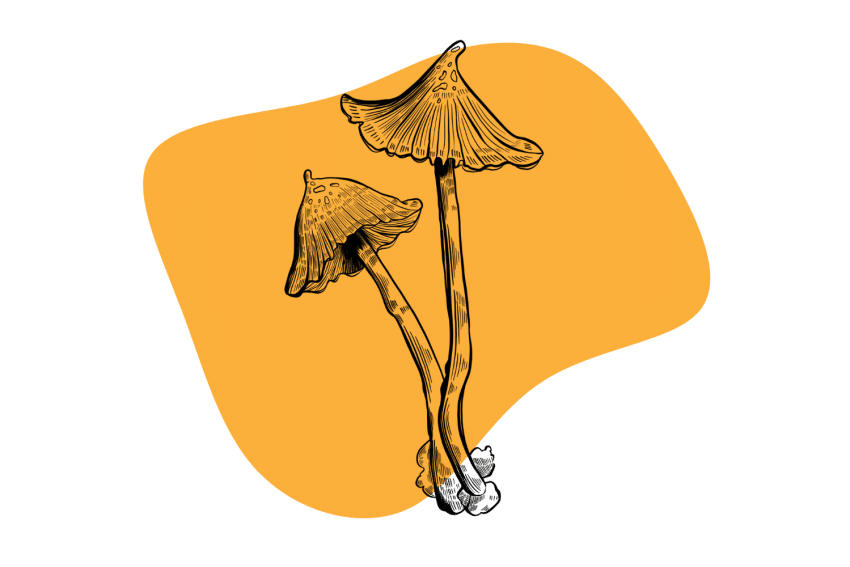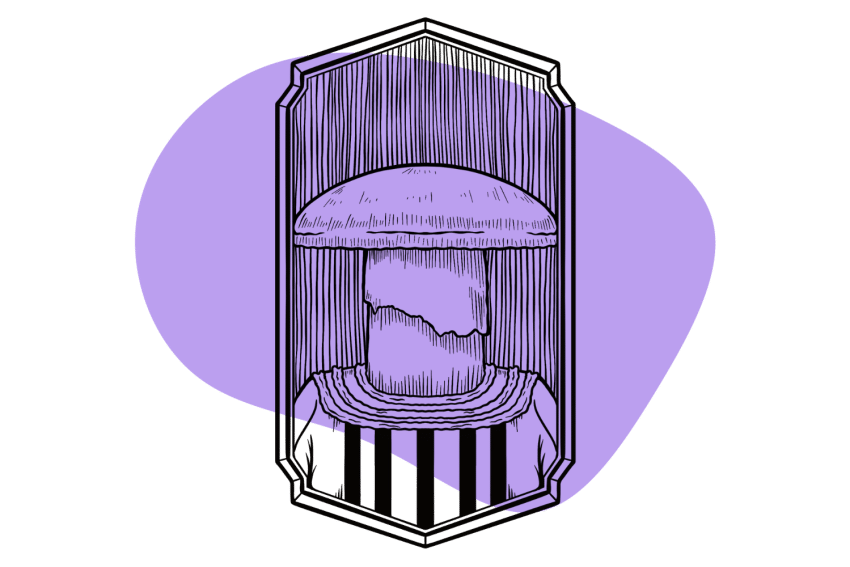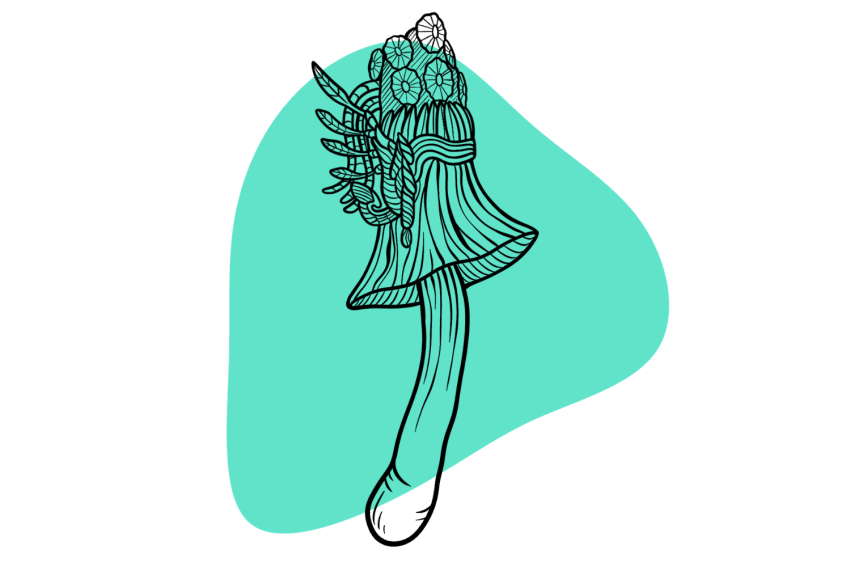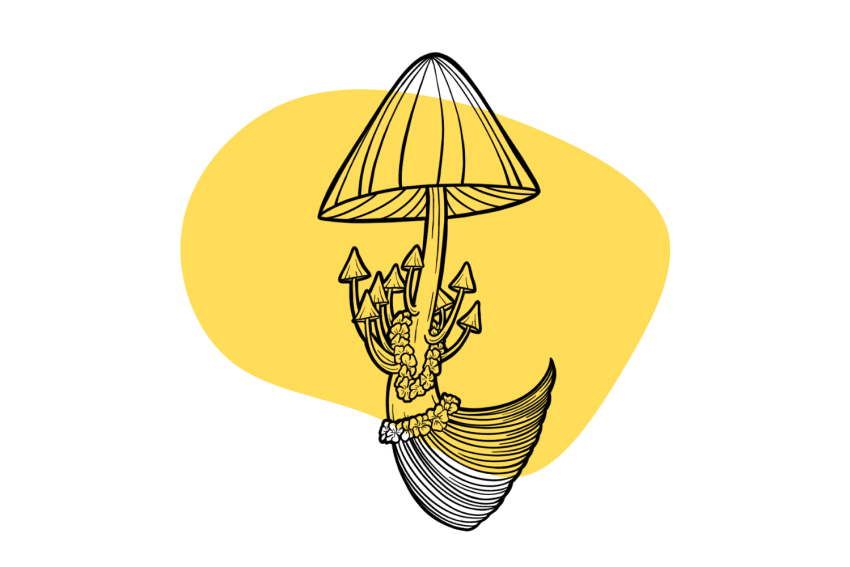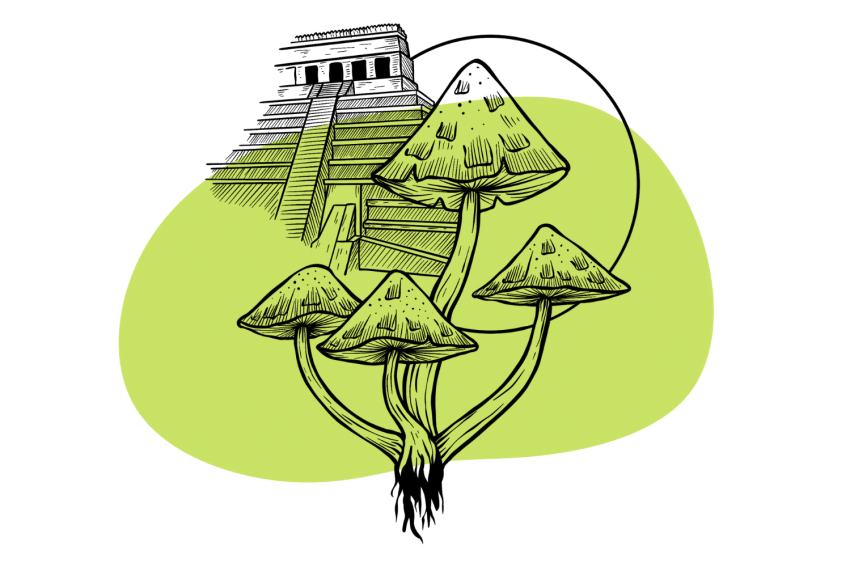Gulf Coast Strain: What Makes It Special?
Another classic strain, Gulf Coast, is all about providing an easy-going, mindful high that doesn’t feel too overwhelming.
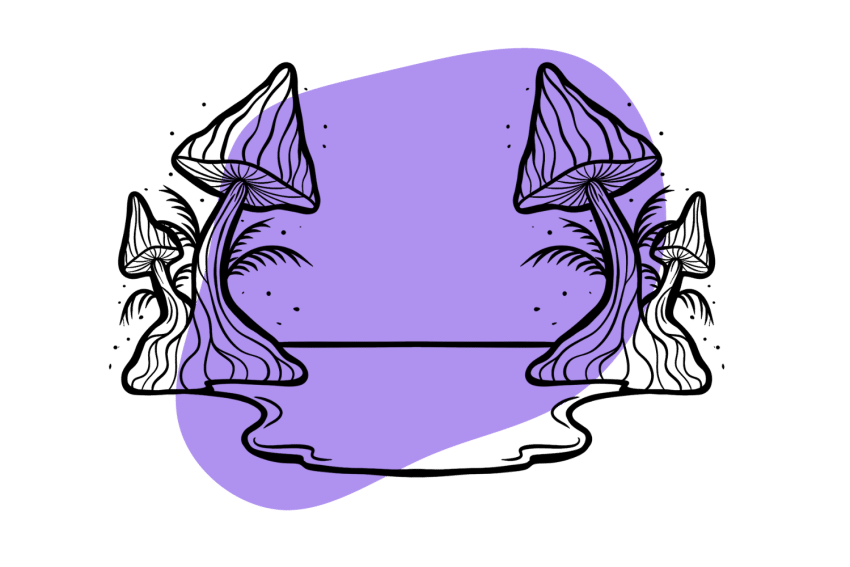
With a comforting, stable high, and not too much psilocybin, the Gulf Coast strain is perfect for those just getting started with shrooms.
It’s also a good option for new growers — with just a little bit of know-how and plenty of humidity, the Gulf Coast strain has the potential for some serious harvests.
The first sample is believed to have been collected somewhere in Mississippi, but specific origins remain unknown.
The stems of this shroom have a unique whiteness, thickening at the base after a distinct curve. The caps are typically yellow to light brown, and the fruiting bodies range from small and numerous to large and sporadic.
Each flush takes on a different characteristic in terms of size. Most growers find the first flush produces many small mushrooms, which get less numerous and larger with each consecutive flush. Your experience may vary on this, however.
Gulf Coast Strain Specs
| Potency | Average 🍄 |
| Cultivation | Beginner |
| Species | Psilocybe cubensis |
| Substrate | Grain, compost, straw |
| Cost | $ |
| Sold By | Ralphsters Spores, Sporeworks, Sporeslab, Spores 101 |
Gulf Coast Strain Potency & Psilocybin Content
Despite Gulf Coast’s long history of use and cultivation, there aren’t many details regarding its actual psilocybin content.
Subjectively, the potency of these mushrooms is on par with other Psilocybe cubensis shrooms. They aren’t particularly strong, but they’re no slouch, either. We estimate the total tryptamine content (psilocybin, psilocin, baeocystin, and related compounds) falls somewhere between 0.50% and 0.90% of the dried weight.
This can benefit those looking to try mushrooms for the first time, as less psilocybin makes for a less intense and potentially off-putting experience.
Note that the Gulf Coast’s total psilocybin content can vary drastically depending on how it is grown. As with most strains, specific growing techniques affect how potent an individual sample is.
For example, enriching the growth medium with a tryptamine-enriched growth medium reliably increases the potency of these mushrooms.
Where to Buy Gulf Coast Strain Spores
This mushroom is a staple for new growers in the United States, so it’s really easy to find spores and dried mushroom specimens for this strain. Virtually all the major spore vendors in the US, Canada, and even Europe carry this strain in some capacity.
You can also find it online at places like Spores 101 — though it’s such a popular strain, you shouldn’t have any trouble finding it wherever you look.
If you can’t find it, the Treasure Coast strain is the closest alternative — there are even some experts believe the Gulf Coast strain and the Treasure Coast strain are identical.
You can also check the subreddit /r/sporetraders/ to find other amateur growers willing to share some of their extra Gulf Coast spores.
How to Grow Gulf Coast Strain
The most significant benefit of the Gulf Coast strain is just how easy it is to grow, even for beginners.
This strain is best known for its impressive yields and mammoth size.
Growing magic mushrooms doesn’t have to be a challenge — most shroom stores provide everything necessary to get started, including the spores and the apparatus you need, like substrate, misters, and even nutrient feed.

The key to the Gulf Coast strain is to keep its growing environment as humid as possible. If you already live in a humid area, you just need to keep the shrooms where they can easily retain the humidity.
If not, get a humidifier and keep it on a low setting in your grow room. The extra humidity will help encourage good growth and increase your final yield.
Cold shocking is the other critical step to achieving a large yield.
This is a pretty simple trick; just follow these steps:
- Submerge the impregnated block of substrate in water for 6-10 hours. The water will penetrate the substrate, but it won’t drown the mycelium.
- Refrigerate the block in the fridge for another 12 hours. This shocks the mycelium, encouraging it to produce more fruiting bodies and boosting your harvest.
Similar Strains
The most similar strain to Gulf Coast shrooms is the Treasure Coast strain, but several others offer average to above-average potency, are easy to cultivate, and produce large mushrooms.
Here are some of the best alternatives to Gulf Coast shrooms worth considering:
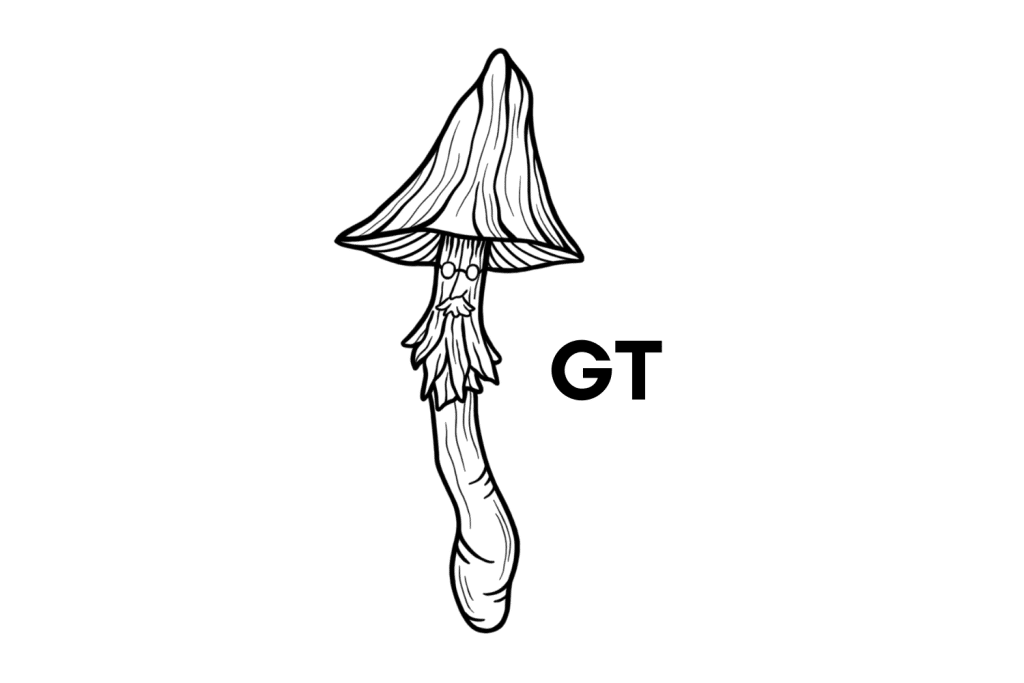
Golden Teacher
Like Gulf Coast, the Golden Teacher is another classic shroom strain from Mexico.
Known for fostering a profound open-mindedness, Golden Teacher is another strain to offer newbies, as it gives a quintessential shroom experience with plenty of calm, soothing feelings and a broad sensation of openness.
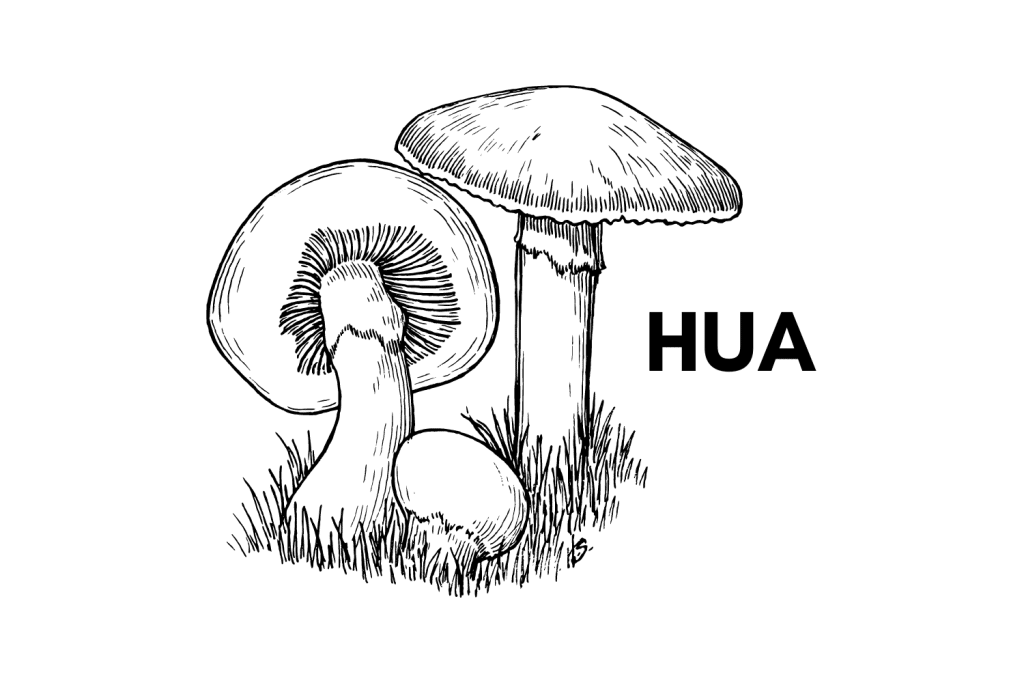
Huautla
Local to the Gulf Coast region, Huautla is most closely associated with Mexico.
If you want intense spirituality and open-mindedness, this strain is perfect. Plus, it offers a stronger, more intense experience than Gulf Coast.
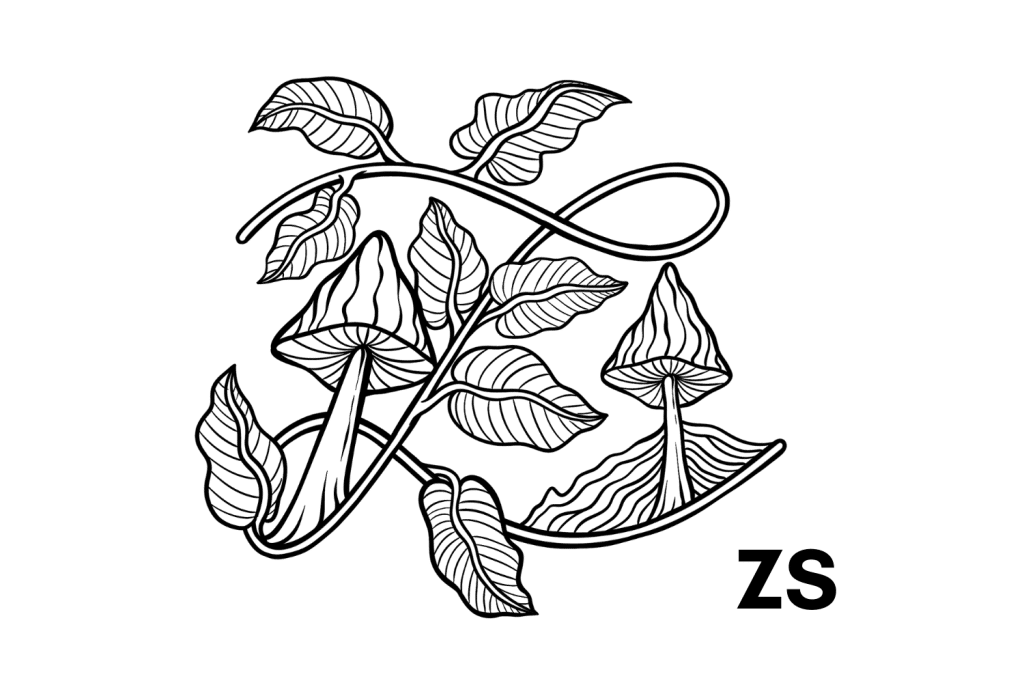
Z-Strain
Just like Gulf Coast, Z-strain is well known for its intensely aggressive fruiting, even in the wild.
As long as it has a decent growing condition, Z-strain can produce super potent and intense shrooms with minimal effort.
This strain can benefit from cold shocking, though it produces plenty of fruiting bodies without it.
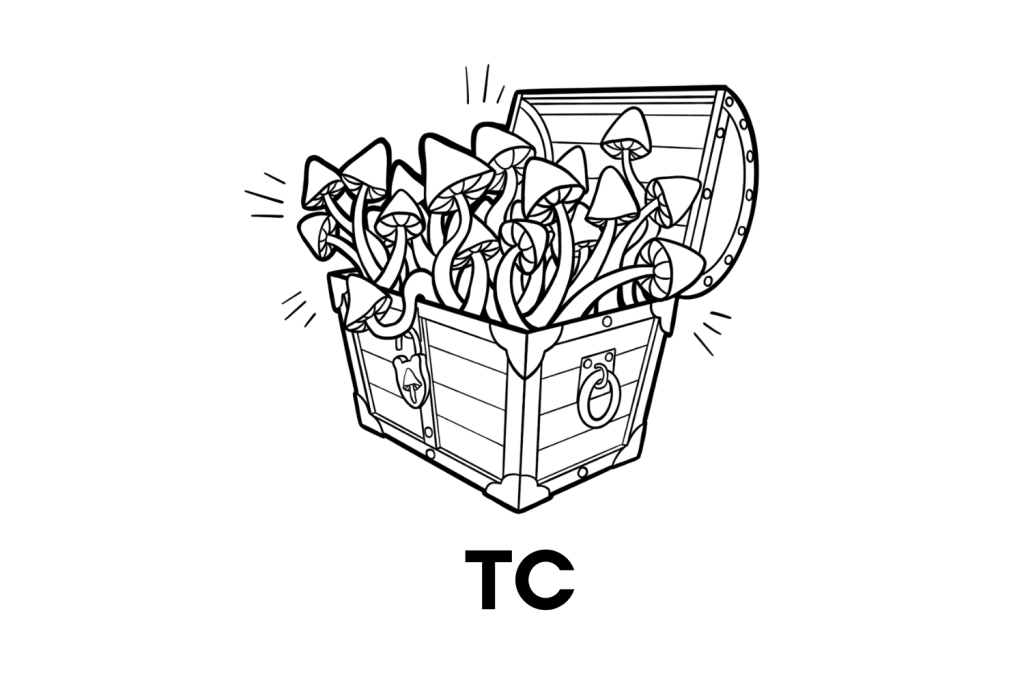
Treasure Coast
Treasure Coast is most likely just the name for examples of Gulf Coast found along the Florida coast.
However, if you are buying from the Florida area, it might be worth checking these out as local growers likely put their spin on it, resulting in some unique and exciting developments. They might even be a little bit stronger than regular samples of Gulf Coast.
Strains vs. Species: What’s the Difference?
One big confusion surrounding mushrooms is the difference between a “strain” and a “species.”
People tend to use the two terms interchangeably, but they are actually very different.
A “species” generally refers to a specific group of organisms with the same genetic makeup.
A “strain” refers to two or more examples of the same species with few differences in traits and characteristics that make them distinct from one another.
The key qualities of two different strains need to be significant enough that they can be recognizable from one another, having clear phenotypical differences, despite being genetically identical.
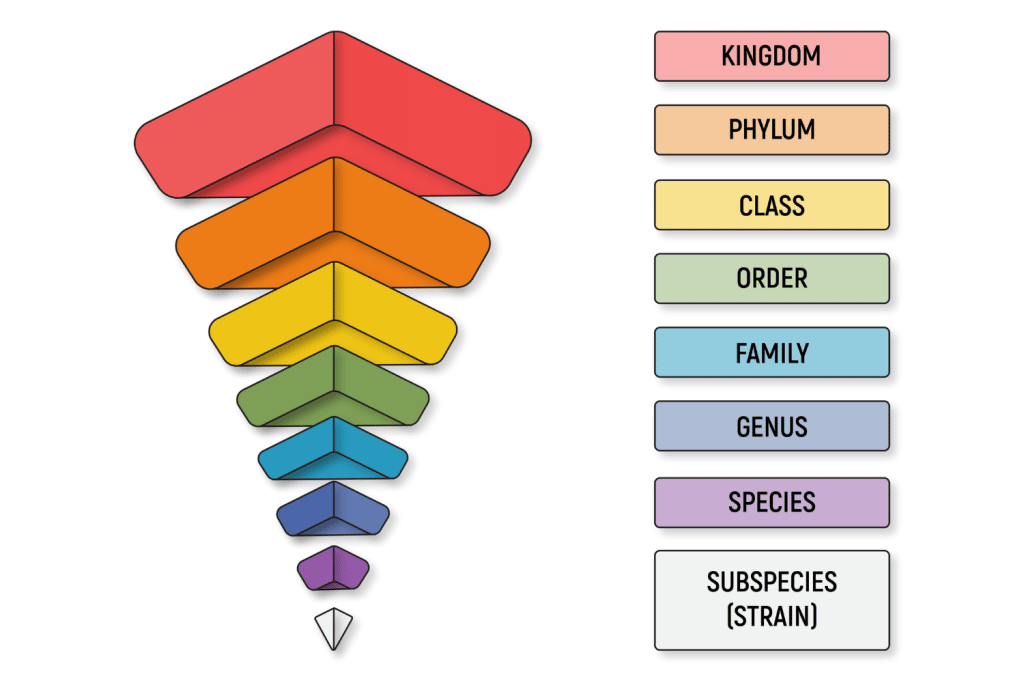
Common differences include color changes, different growing habits, or preferences for humidity and temperature. Different species develop thanks to epigenetic responses to their environment, resulting in subtle changes that make them more adapted to their surroundings.
Strains are present throughout all of life, from plants and animals to humans and fungi, but they are most common in species that have a lot of connectivity to humans.
Humans have used cannabis and kratom for millennia. Thus there has been plenty of breeding and control over their development, resulting in a myriad of different strains, each with its own unique properties.

